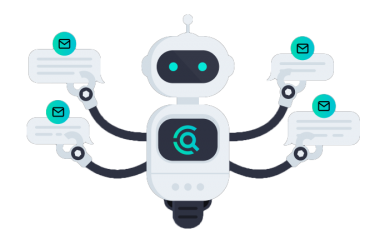
D&A can help with tasks such as enabling business model transformation, optimising resource allocation.
To extend the influence of data analytics in a continually changing world, data and analytics (D&A) leaders must focus on finding agents of change within their organisations, building adaptive systems, and re-engineering the way decisions are made, according to Gartner.
“Data analytics is essential for enabling organisations to respond to change,” said Gareth Herschel, research vice president at Gartner. “As enterprises look to recover from the profound disruptions of the last year, D&A can help with tasks such as enabling business model transformation, optimising resource allocation, or figuring out new ways to connect employees, customers and other stakeholders.”
Find Agents of Change
To drive lasting change across the organisation, D&A practitioners must first identify business leaders who have expressed a desire to change.
They can then work with these change agents to develop a shared vision that identifies connections between the organisation’s analytics capabilities and desired business outcomes. By speaking in terms of revenue, cost, risk and innovation, D&A leaders can establish relevance and inspire business leaders to move towards a future where data creates enterprise value.
“The reality is that D&A practitioners cannot do anything alone,” said Herschel. “Change must be driven by people and processes, not just technology.”
Build Adaptive Systems
Amidst significant change, technological maturity becomes increasingly important for business success. Investing in systems that deliver value today and will evolve to do the same in the future must be a priority for D&A leaders.
Gartner has identified four D&A technologies that will enable organisations to automatically adapt to change:
- Data fabric, which can assist with and automate data integration.
- Graph technology, which helps to identify and understand complex connections between data.
- Generative adversarial networks, which use simulations to identify processes improvements.
- GPT-3, which is a natural language generation technique that will enable machines to tell data stories.
“The new imperative is to build adaptive systems so that we can rely on technology to help keep pace with our changing world,” said Herschel.
Re-Engineer Decision-Making
A recent Gartner survey found that less than half of respondents use data as their first-choice approach for making decisions. D&A leaders can extend their influence and ensure that data plays a role in every organisational decision by reengineering the way decisions are made, specifically by:
- Looking for places to insert data analysis into formal processes where decisions are being made, such as project plans or budget requests.
- Identifying hypothetical reasons an initiative may succeed or fail, and then checking the data for indications of the validity of those hypotheses.
- Encouraging influential people within the organisation to use data by feeding them data points or visualisations they can use with their teams.
- Sharing data success stories widely across the organisation to champion a data-driven culture.
“We cannot simply tell people to use data, or build an analytics infrastructure and hope people use it,” said Herschel. “D&A leaders must identify opportunities to change the way people think, until using data and analytics becomes a habit.”




